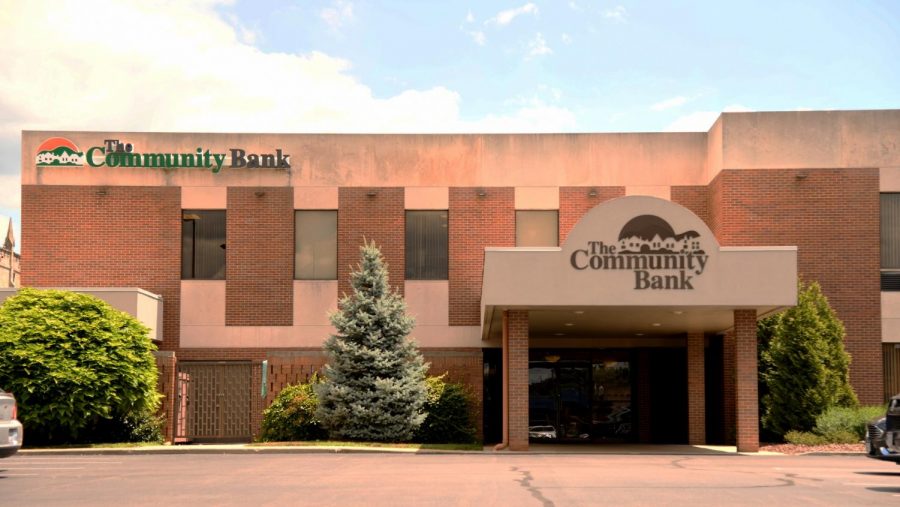Business Spotlight: Community Bank
July 18, 2018
The Community Bank is involved in an ecosystem of local banking that’s putting money from the community back into the communities it serves.
Since the 1980s, the number of local community banks across the nation has been on a decline. Whether the local banks are accepting buy-outs, failing or unable to operate due to a number of different factors, there are significantly fewer community-centered banks than before, President and CEO of Community Bank Inc., Eric Holsky said.
The Community Bank in the Zanesville-Muskingum area currently has 10 banking offices with plans to break ground on an eleventh banking office in Licking County in August.
Last year, the company saw its most net income since its renaming from Crooksville Bank in 1992. Holsky accredits the bank’s success to its growth and belief of giving back to the community and reinvesting the money that’s coming in back into the communities it serves.
Each employee that works for Community Bank is involved in the communities they live in by volunteering their time on various boards, charities and other philanthropic efforts.
“We live in a giving community,” Holsky said. “The community of Zanesville and this area has always been a giving community and all of the other businesses are very good about these things (philanthropy) too. We’re fortunate to live here.”

While the Community Bank believes local banking plays a large role in the community by providing all the necessary banking aspects to its customers, Holsky is not against national banks. He believes that all businesses, local to national, play an important role in the economy.
That philosophy also applies to the company’s competition. North Valley Bank is in direct competition with Community Bank, but their relationship is positive as both play a vital role in the communities they’re serving.
Holsky prides himself on knowing that the employees he’s working with know their customers and have personal connections to the people they’re serving.
“We live and work and are involved in these communities,” he said. “You’re dealing with the person you see at the grocery every day, you’re dealing with the person that you see their child playing in the softball or the football that you see on the weekends.”
The Community Bank is owned entirely by its shareholders in the community. Holsky says his employees don’t work for him, instead they work for the shareholders that own the company.
Currently, the most stock a shareholder holds in the company is slightly less than 4 percent. That alleviates the worry of one person or a few people owning the whole company.
Many Community Bank employees are shareholders in the company. There are roughly 850 shareholders currently.
“To me, if I wanted to live here and have children, a family at some point and I want this (place) to grow, I’d want to be a part of an organization that’s going to help that happen,” Holsky said.











